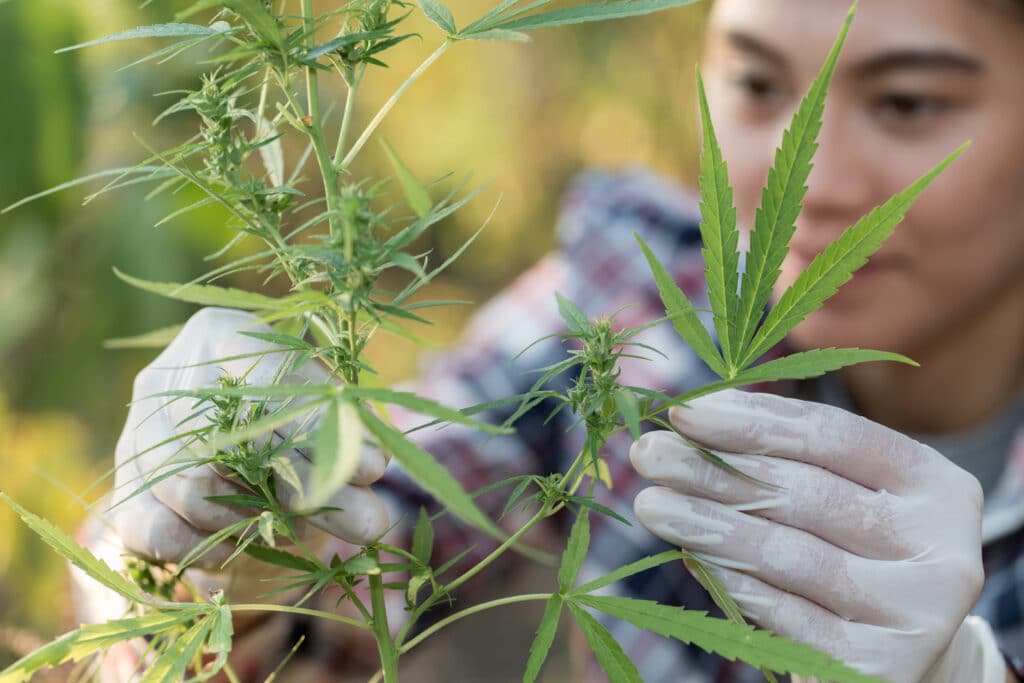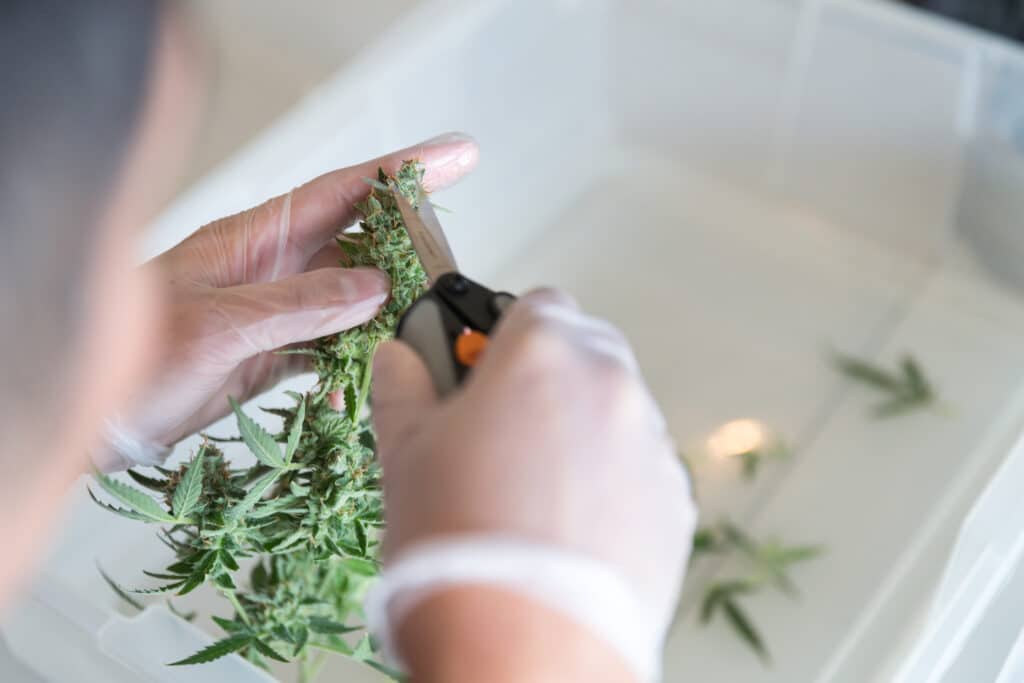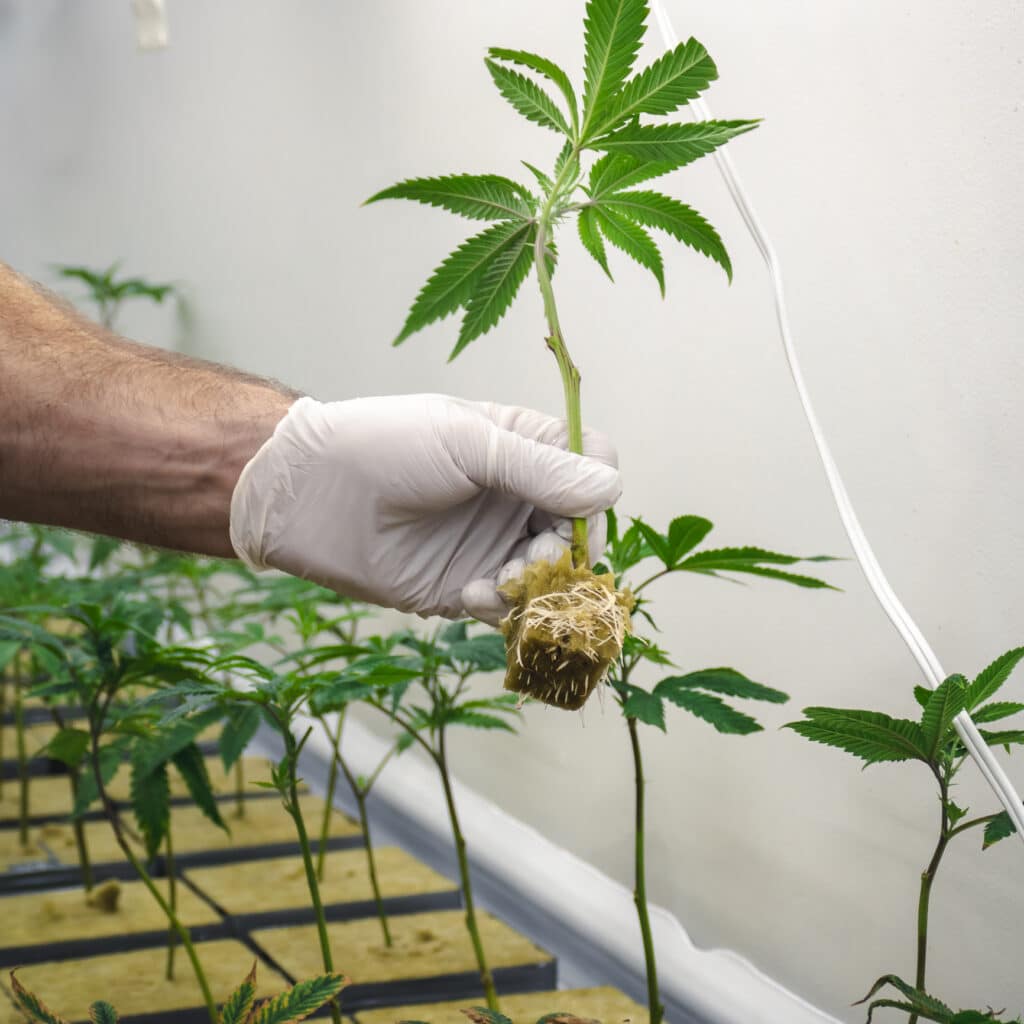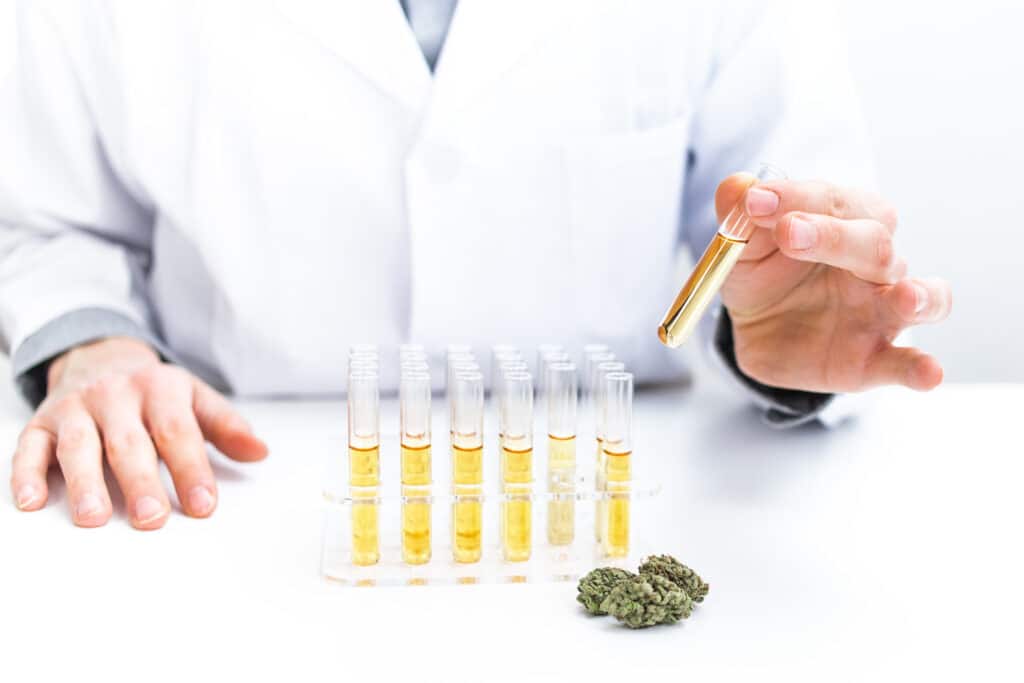
Plants, including cannabis, are easily affected by environmental factors. These factors directly impact growth and the quality of cannabis products, making it important for cultivators to ensure that each plant receives the attention and care it requires. As you might expect, having the right light set-up is a key part of this process.
Grow lights make it possible for cultivators to grow their cannabis indoors, which can be particularly useful when there’s a lack of outdoor space. As a photoperiodic plant, cannabis needs to be exposed to both light and darkness for a set amount of time (depending on the variety) to encourage flowering. Understanding how these grow lights work and how they impact the cannabis lifecycle can help those seeking a career in the cannabis industry.
This blog post will give you a brief overview of grow lights and their impact on cannabis production.
Understanding the Impact of Light Duration and Photoperiod when Using Grow Lights
Growing cannabis indoors heavily relies on lighting, with many growers providing their plants with 18-24 hours of light per day during the vegetative period. Afterwards, growers only provide 12 hours of light in order to start the flowering stage, sometimes gradually decreasing these hours to imitate the natural sunlight cycle. By manipulating these hours of light, growers can influence the speed and quality of their cannabis production process.
The impact of photoperiod (referring to the “day length” for plants) on cannabis depends on the strain. For example, the ruderalis strain relies more heavily on its maturity over daylight hours, unlike the tropical sativa. Understanding these factors and their impact can help those in cannabis training better prepare for potential careers in cannabis production facilities and testing laboratories.

Understanding the impact of light can help students working in cannabis production
Exploring Different Types of Grow Lights for Students in Cannabis Training
Those working with cannabis plants indoors will likely have noticed the availability of a wide range of grow lights. However, the most common types include:
- Fluorescent lights
- HID lights
- LED lights
Growers using fluorescent lights are likely working in tight spaces or with small budgets. These lights aren’t effective in the flowering stage, but can help with the seedling and vegetative stages. Here, growers can use high-intensity discharge lights (HID lights) as a more effective alternative. These lights use large bulbs and easily heat up, requiring the addition of an exhaust to decrease the heat and manage the temperature. Lastly, LED lights are considered to be the best out of the three options—functioning as cooler lights (with built-in cooling) that penetrate plants more easily and without much adjustment.

LED lights are very effective for growing cannabis indoors
Notable Factors to Keep in Mind for Indoor Cannabis Production
It should also be noted that light intensity and quality can also play a major role in influencing the flowering stage, as well as the chemical compound development in cannabis plants. Those seeking cannabis careers can explore these effects to better manage the production process.

Light intensity can significantly impact plant growth, even influencing chemical levels
For instance, it’s been shown that light intensity can positively impact photosynthesis and growth in cannabis flowers, even increasing yield and THC levels. On that note, light quality is also known to affect plant growth, morphology, and metabolism. Research also shows that blue and red light spectrums influence plant development, making it an important part of arranging the proper light set-up.
Are you interested in taking a cannabis course?
Contact AAPS for more information!



